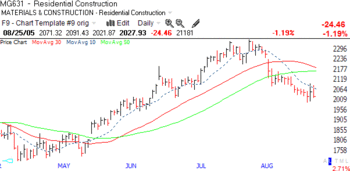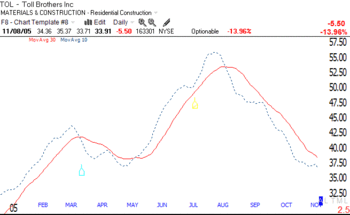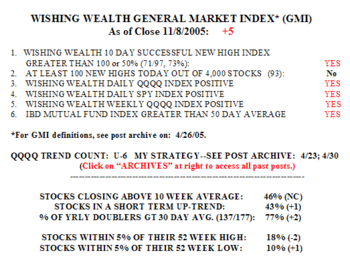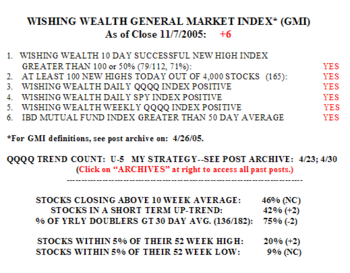There were 144 new highs on Wednesday (in my universe of 4,000 stocks) and the GMI returned to +6. 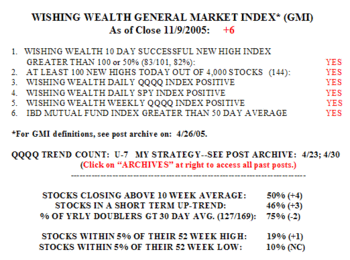 82% (83/101) of the stocks that hit a new high 10 days ago closed higher on Wednesday than 10 days earlier. Buying new highs has been profitable. 50% of stocks are now above their 10 week averages, and 46% are in a short term up-trend. 72% of the Nasdaq 100 stocks closed above their 30 day averages. 75% (127/169) of the stocks that have doubled in the past year closed above their 30 day averages. On Wednesday, 55% of the Nasdaq 100 stocks rose, along with 60% of the S&P 500 stocks and 63% of the Dow 30 stocks. Wednesday was the seventh day (U-7) in the QQQQ up-trend.
82% (83/101) of the stocks that hit a new high 10 days ago closed higher on Wednesday than 10 days earlier. Buying new highs has been profitable. 50% of stocks are now above their 10 week averages, and 46% are in a short term up-trend. 72% of the Nasdaq 100 stocks closed above their 30 day averages. 75% (127/169) of the stocks that have doubled in the past year closed above their 30 day averages. On Wednesday, 55% of the Nasdaq 100 stocks rose, along with 60% of the S&P 500 stocks and 63% of the Dow 30 stocks. Wednesday was the seventh day (U-7) in the QQQQ up-trend.
The market is in a firm up-trend and the growth stocks continue to do well. Among the stocks that hit new highs Wednesday, that had good recent earnings and that are up at least 60% this year are: HANS, LMIA, TFR, HSVLY, EPAX, CIB, GHL, ITG, GOL, RES, SUPX. Check them out for future winners.
Please send me your feedback at: silentknight@wishingwealthblog.com.
